order

Coleoptera
“Adult Beetles”

Coleoptera
“Larval Beetles”

Diptera
“True Flies”

Ephemeroptera
“Mayflies”

Hemiptera
“True Bugs”

Lepidoptera
“Aquatic Caterpillars, Snout Moths”

Megaloptera
“Alderflies, Dobsonflies, and Fishflies”

Odonata
“Dragonflies and Damselflies”

Plecoptera
“Stoneflies”

Trichoptera
“Caddisflies”
family
Hydrophilidae
genus
Tropisternus
“Water Scavenger Beetle Larvae”
Genus Overview
The North American fauna includes at least 14 species of this widespread genus. Larvae are predators climbing among rooted plants in lentic habitats and slow-flowing streams.
Characteristics
POLLUTION TOLERANCE
Southeast: 9.8 and higher
Mid-Atlantic: 10 and higher
0 = least tolerant, 10 = most tolerant
FEEDING HABITS
Engulfer / Predator
MOVEMENT
Climber
DISTRIBUTION
Widespread (east of the Rocky Mtns.)
HABITAT
Lentic-littoral
Lotic-depositional
Lotic-depositional
Diagnostic Characters
Order
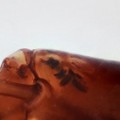
Eye Spots
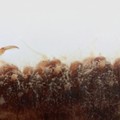
Lateral Gills USUALLY Absent
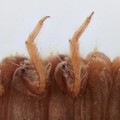
USUALLY 4-5-Segmented Legs
+ Expanded Character List
Order:
Larvae: Usually without lateral abdominal gills. If gills present, then 4 hooks clustered on segment 10. Thoracic legs each usually with 4 or 5 segments and with 1 or 2 claws; if without legs, head distinctly sclerotized and posterior body (thorax and abdomen) simple, without gills, hair brushes, suckers, or breathing tube. Eye spots usually present, but compound eyes absent.
Family:
Each mandible with 1 to 3 teeth along inner margin. Labrum and clypeus not separated by distinct suture. Antennae each 2- or 3-segmented. Head with simple-eyes in groups of 5. Legs each 3- or 4-segmented, with single claw; legs adapted for walking, sometimes small. Thoracic tergites clearly defined. Abdominal tergites without dorsal lobes. Abdomen usually 8-segmented. Body roughly cylindrical or spindle-shaped, not markedly thick. Head and legs visible in dorsal view.
Genus:
Head subquadrangular or subrectangular; frontal sulci V-shaped. Antennae further than mandibles from anterolateral angles of head; uniramal, without finger-like antennal appendage. Apex of ligula not bifid. Pronotum entirely sclerotized. Mentum with sides almost straight, its anterolateral angles very prominent. Mesonotal and metanotal sclerites much reduced, triangular. Femora each with fringe of long swimming hairs. Eight complete abdominal segments, with segments IX and X reduced and forming stigmatic atrium or cavity. One pair of rudimentary, tubercular, lateral gills on each abdominal segment, each with several terminal setae, those of segment IX short.
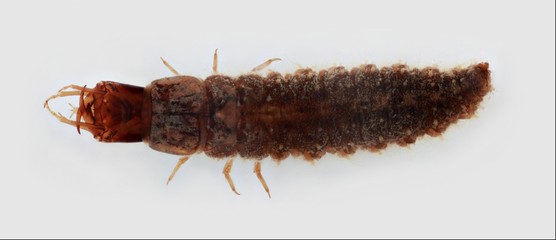
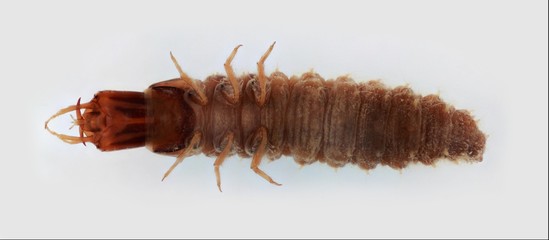
Dorsal
Ventral



